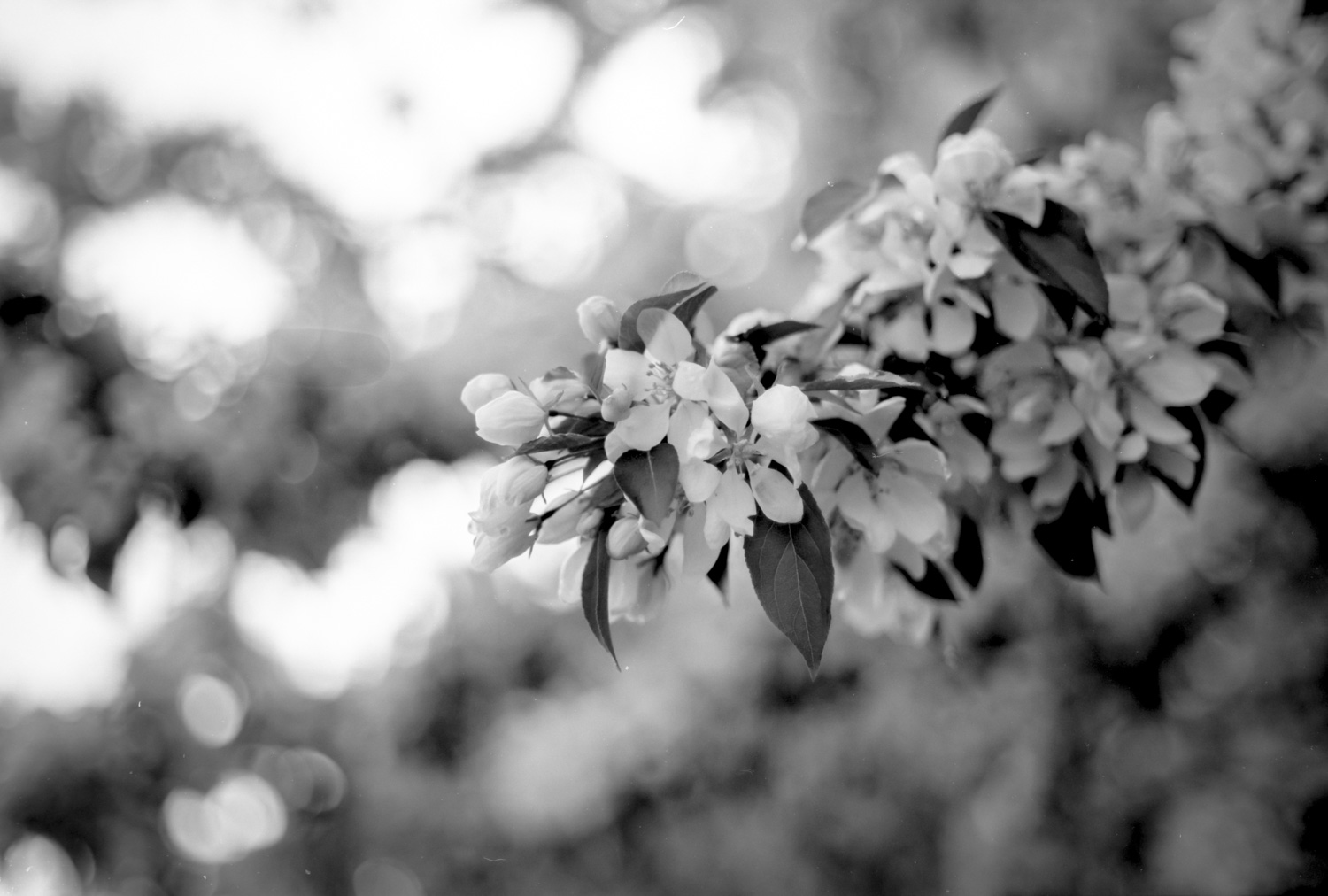“Your package has been delivered” proclaimed the USPS tracking site. I had signed up for a project where a select few photographers were given a couple of rolls of KODAK Panchromatic Separation Film 2238 film to use and submit their best two images for future publication. Unearthing the two rolls from the innocent-looking manila envelope, I begin pondering what I’d photograph using this film.
I’ve shot low ISO copy/print films designed for cinema production before, but at the time had never even known KODAK Panchromatic Separation Film 2238 existed. Often, these films are orthochromatic (blue-sensitive), but this film is panchromatic on top of being on a clear base. According to the gentleman I received these rolls from, Michael Bartosek; this film is designed for color separation archiving. Knowing that, it being a low ISO panchromatic film made a lot more sense.

After some further research, I grabbed my Nikon F2 Photomic, Nikkor-HC Auto 50mm f/2 Non-AI lens and a large café mocha and ventured out into downtown Eau Claire, WI USA. While this film has a box speed of 25 ISO, I opted to split that and shoot at EI 12, knowing it would allow for more shadow detail and tend to present a much more pleasing image to my eyes. It would also cover my ass in the case of under-exposure or changing light conditions.
My chosen developer was Rodinal at 1:50 for 12 minutes (68F/20C) based on the results I found online. It also happened to be one of the only developers I had on hand too, so that was a factor as well.





The negatives looked pretty high contrast so I was unsure if I had got my development time and dilution right, but once they hit the scanner the creamy tones came through. Later this year I plan on trying to make a few darkroom prints from some of these and perhaps purchase more of this film later on.
It’s starting to become one of my favorite low ISO films with its fine grain, clear base, and dynamic range.
~ August
Submit your 5 Frames… today
Get your own 5 Frames featured by submitting your article using this form or by sending an email via the contact link at the top of the page.
Share your knowledge, story or project
The transfer of knowledge across the film photography community is the heart of EMULSIVE. You can add your support by contributing your thoughts, work, experiences and ideas to inspire the hundreds of thousands of people who read these pages each month. Check out the submission guide here.
If you like what you’re reading you can also help this passion project by heading over to the EMULSIVE Patreon page and contributing as little as a dollar a month. There’s also print and apparel over at Society 6, currently showcasing over two dozen t-shirt designs and over a dozen unique photographs available for purchase.








6 responses to “5 Frames… With KODAK Panchromatic Separation Film 2238 (EI 12 / 35mm format / Nikon F2 Photomic)”
Wow, I never knew about that etsy shop, thanks for the tip! I really like the look of that film
nice article August, it’s a beautiful film. Surely only a matter of time before it hits the mainstream 🙂
What is color separation archiving? Why is it still done?
They make red, green, and blue channel separations using this stuff to archive modern cinema and TV shows. Yes, I know right? In this digital age we’re still using film for long term storage. It sounds weird at first but considering the speed our current technology is developing any “recent” storage solution like solid state hard drives would be outdated and prone to failure within a few decades. This isn’t the only way they archive and yes, much of this stuff is stored on cloud servers with countless backups. These are more of a long-term-if-s**t-hits-the-fan-and-we-lose-all-our-digital-copies kind of thing. Sometimes the old ways are the best ways.
So yeah, the reason why it’s Panchromatic is for its original purpose for archiving.
Why do they store each channel separately? Why don’t they just use colour film?
Also, is it only used for work originated on film, or do any digital recordings get archived this way?
I think they do both honestly, just the black and white one I’m guessing is a backup. That said I’m really not part of that industry so that’s just my best guess.
As for whether the medium was shot with digital or film, from my understanding it doesn’t matter and they do both. I believe they copy it from the digital files the studios send and basically project the image onto the film as it zips through their machines. Once again, this is based off extremely limited knowledge.